Home>Articles>Understanding Double Glazing: The Science Behind Efficient Windows


Articles
Understanding Double Glazing: The Science Behind Efficient Windows
Published: February 27, 2024
Explore the science of double glazing: how two panes of glass improve insulation, reduce noise, and enhance energy efficiency in windows.
(Many of the links in this article redirect to a specific reviewed product. Your purchase of these products through affiliate links helps to generate commission for Storables.com, at no extra cost. Learn more)
Double glazing is almost mandatory in many households nowadays. Homeowners are doing their best to reduce noise and keep their houses warm. At the same time, double-glazed windows are an ideal option for individuals who want to save some energy.
However, not everyone knows how these windows work. The science behind them is pretty impressive, so if you’ve been wondering how they are capable of helping you with so many things, we have the answer. In this article, we will explore double glazing and the science behind it.
How Do Double-Glazed Windows Work?
Double glazing has incredible powers. Not only is it able to keep a stable indoor temperature, but it can also prevent energy loss.
Basically, when the window is hit with cold or heat from outside the house, the gas between the panes will act like an insulating layer. Therefore, direct transfer to the inner pane will be stopped. As such, depending on the climate or season in your area, heat gain or loss can decrease significantly.
If you’re the type of person who doesn’t like noise, then these windows are an even better option for you. Thanks to the gas layer between the panes of glass, external noise is minimized. It acts as an insulating barrier, and this can lower sound transmission. In this scenario, it’s easy to escape the sounds of a busy city.
You don’t have to worry about losing heat during the cold winter months, either. The heat your system generates will stay trapped indoors, as the windows won’t let it escape.
Double glazing is beneficial in hot climates, too. Thanks to the Low-E coatings, visible light can pass through and reflect infrared radiation at the same time. Indoor temperatures are maintained, so you will not need to rely on air conditioning when it’s hot outside.
Read more: How To Glaze Brick
The Different Components of Double-Glazed Windows
As you may be aware, double glazing includes several vital parts. Here is what they do and how they interact with each other:
The Frame
First things first, there’s the frame. This is what strengthens your windows. In the past, different materials, such as fiberglass, aluminum, or wood, were used for window frames. Nowadays, uPVC is the primary choice.
The Seals
Your double-glazed windows will have seals that prevent fungus, moss, and condensation. Basically, seals make sure that the gas doesn’t escape and that no particles from outside can enter the window system.
The Glass Window
Next, we have the glass panes. They are coated in order to provide additional solar control, as well as self-cleaning abilities. Not only that, but the two panels have a gas between them.
Read more: What Is Glazing In Construction
The Desiccant and Spacer
Another thing that is added to double-glazed windows is a spacer. It is responsible for maintaining the ideal distance between the two panes of glass. Also, to prevent humidity, silica pellets are added to the spacer.
The Gas
An insulating gas separates both glass panes. It is one of the things that gives your windows their energy efficiency and sound-blocking capability. The windows are also stronger thanks to this gas.
Why Should You Consider Double Glazing?
More and more homeowners opt for double-glazed windows nowadays, and for good reasons.
On one hand, having two panes of glass makes your windows more durable. After all, it’s more difficult to break two panes than one. It’ll be more challenging for accidents to lead to a broken window and for a potential burglar to break into your house.
Double-glazed windows can also reduce your annual energy bill costs. They reduce heat loss, which means that heat won’t be able to escape your house in winter and that you won’t have to keep the heating system on to compensate for the loss. You’ll save money in the process.
It’s even better when you think that this can also reduce your need to use air conditioning during hot weather. Double glazing can reduce the need to use air conditioning when it’s too hot, as it can maintain cooler temperatures indoors.
Double-glazed windows can even increase the value of your home, so they’re worth considering. For a clearer picture, bear in mind that double glazing typically costs £150 – £450 per window ($190 – $570).
The Bottom Line
Double glazing can prevent energy loss and stop outside noises from ruining your day. It’s great for reducing bill costs and protecting your house from the elements and burglars. So, don’t hesitate to use them for an improved lifestyle.
Was this page helpful?
At Storables.com, we guarantee accurate and reliable information. Our content, validated by Expert Board Contributors, is crafted following stringent Editorial Policies. We're committed to providing you with well-researched, expert-backed insights for all your informational needs.

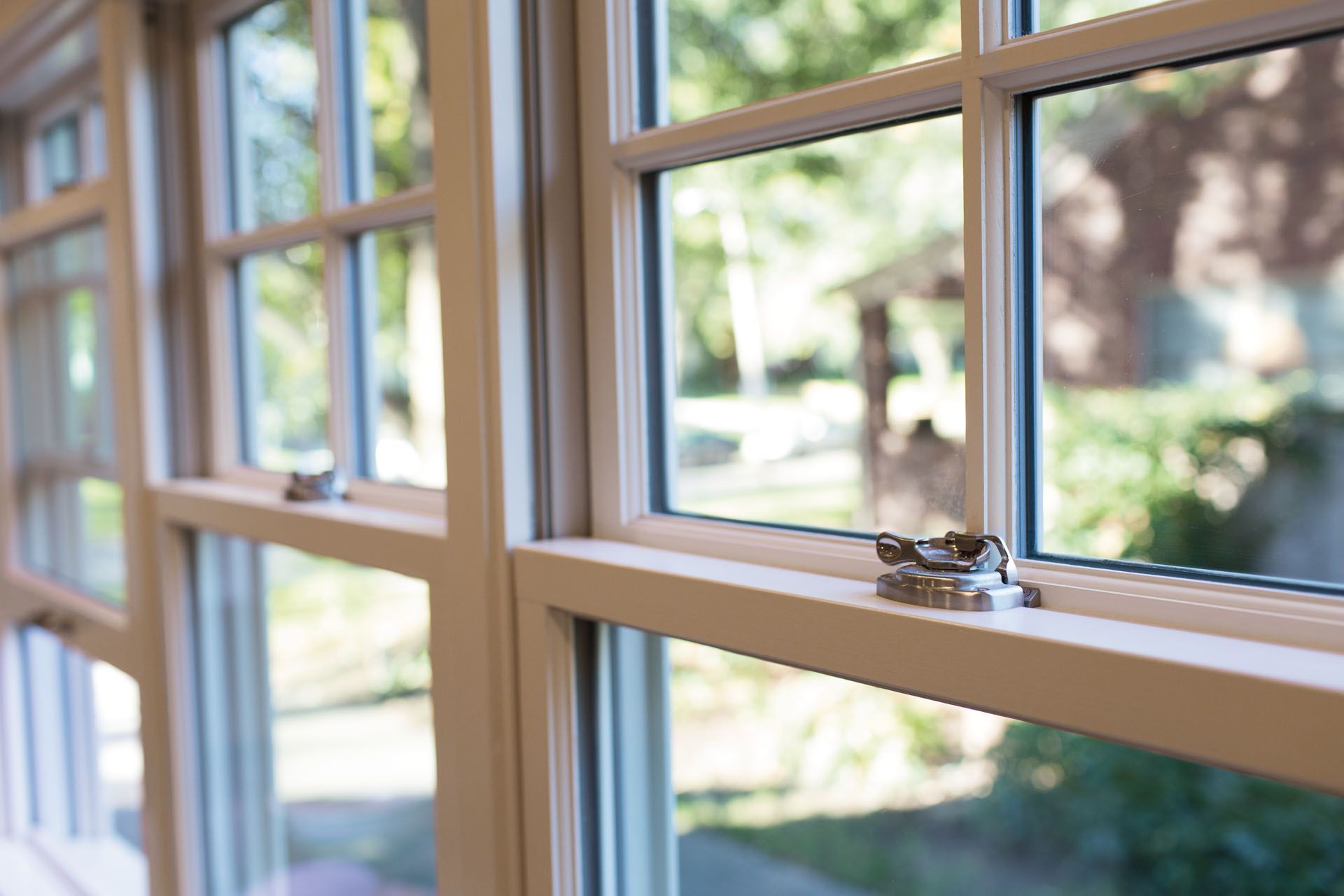



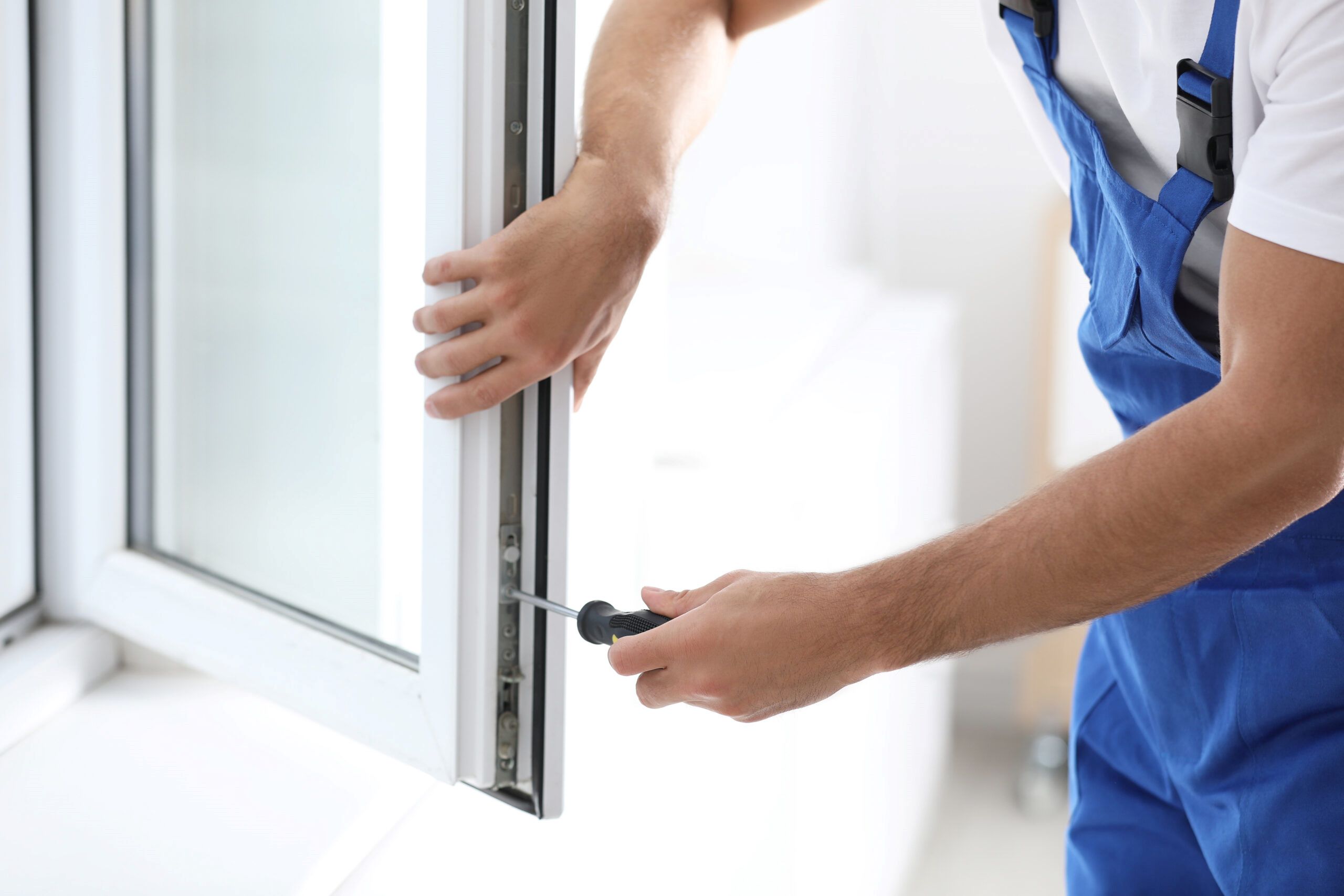
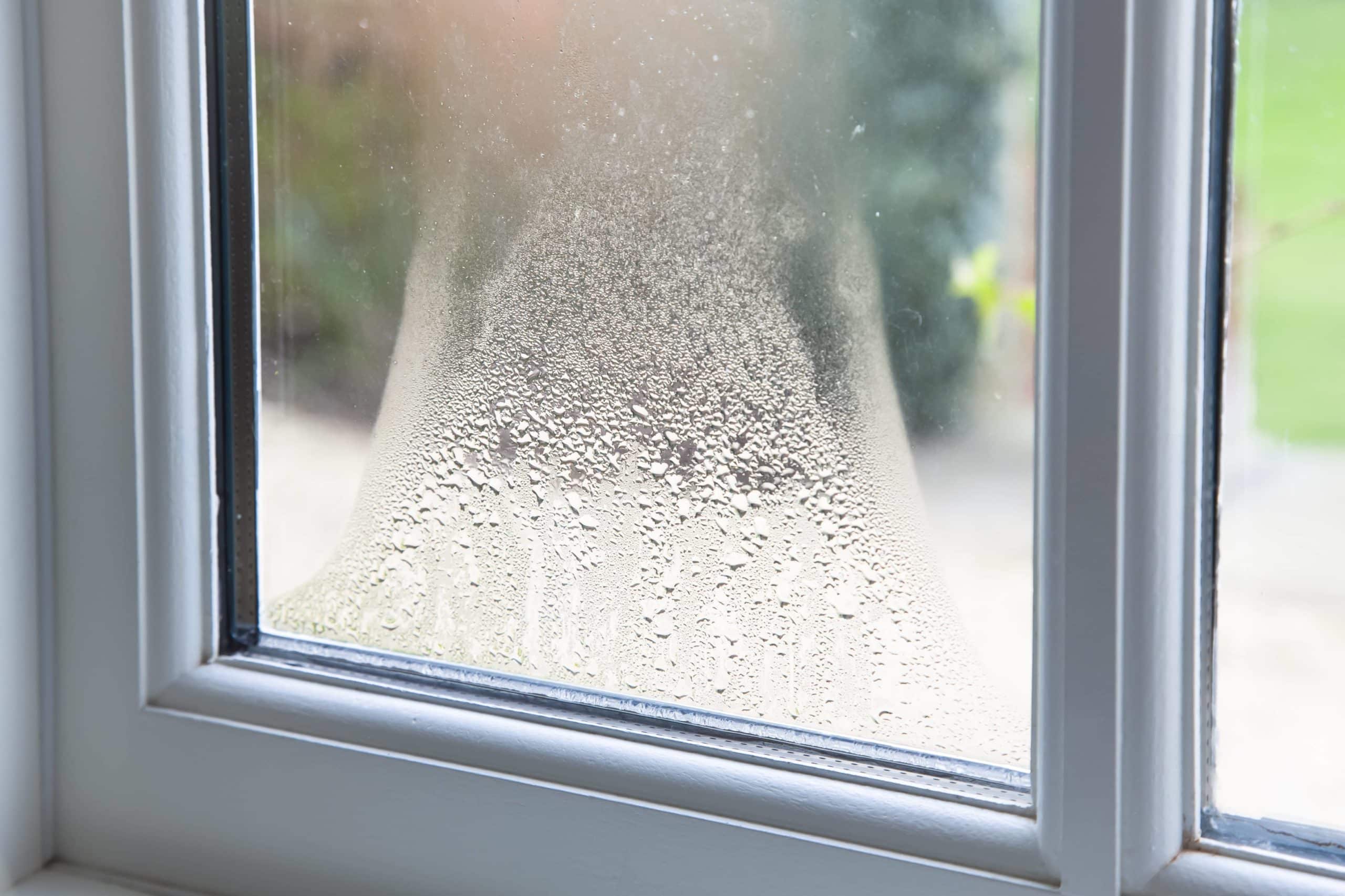
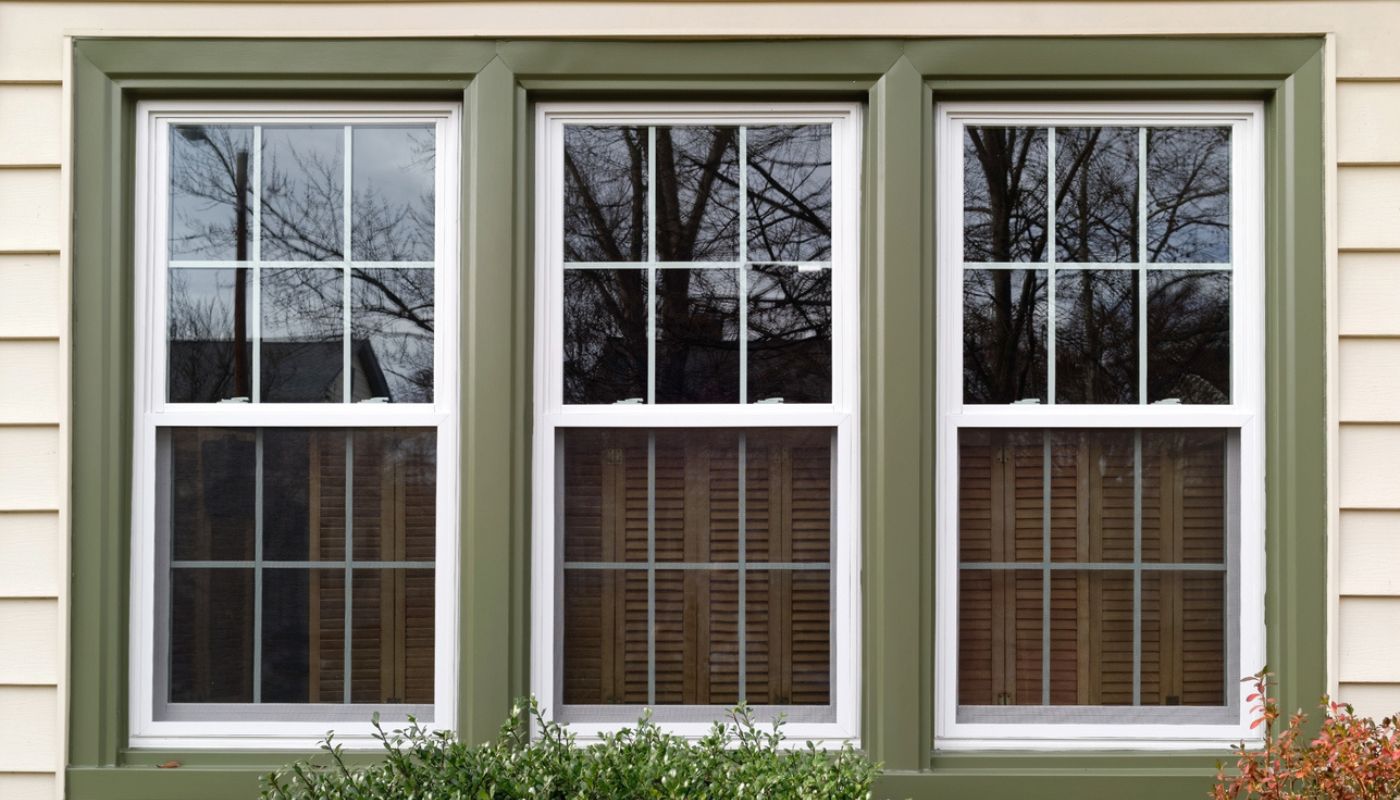
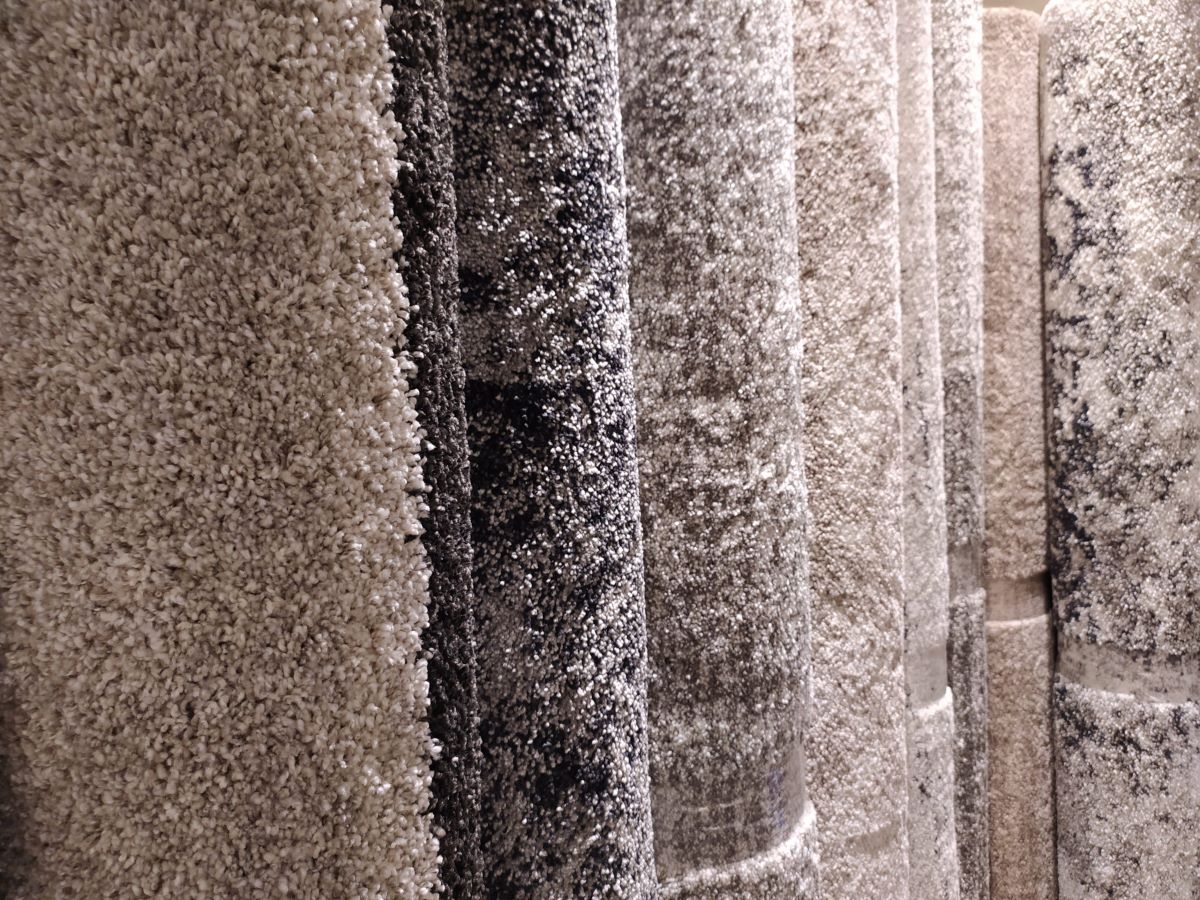

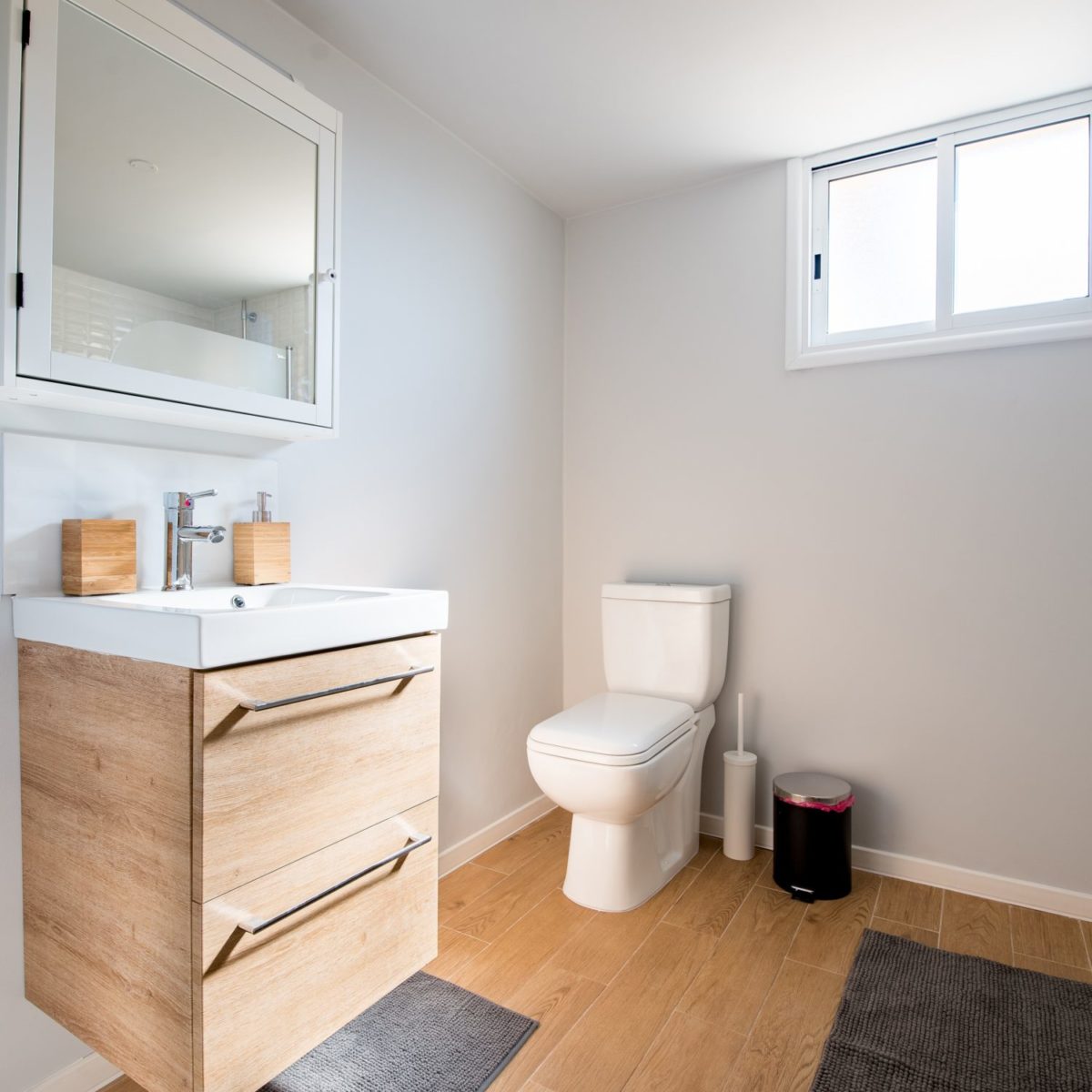




0 thoughts on “Understanding Double Glazing: The Science Behind Efficient Windows”